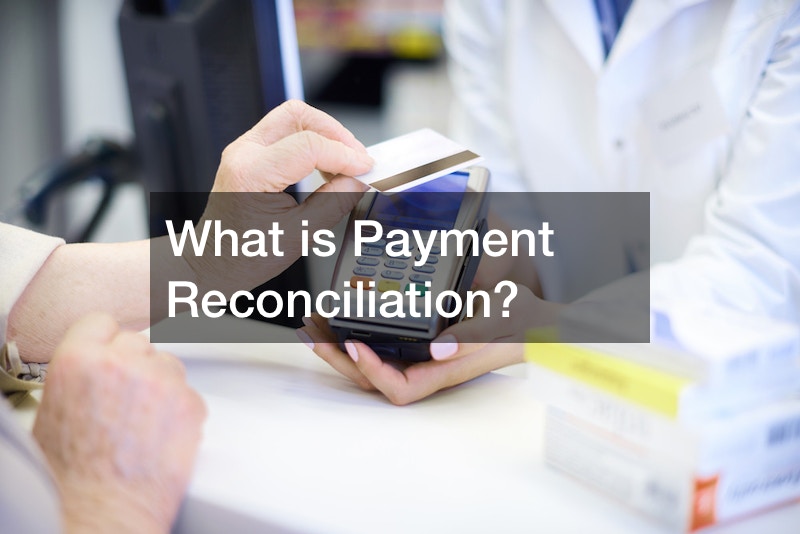
Payment reconciliation stands as a fundamental accounting process aimed at harmonizing a company’s internal financial records with external payment records from financial institutions. This meticulous procedure ensures the alignment of entries, providing an accurate depiction of a company’s available cash and serving as a vigilant guardian against errors and potential fraud.
The payment reconciliation process unfolds in four systematic steps:
Record Retrieval: Gathering pertinent documentation, encompassing internal transaction records and external documents from financial institutions.
Matching Phase: Rigorous comparison of each recorded transaction with external documents to identify matches, eliminating them from further scrutiny.
Reconciliation: Investigating transactions that did not match during the previous phase, identifying discrepancies, and rectifying them.
Finalization: Concluding the process by making journal entries to rectify errors and adjust general ledger accounts, ensuring financial records are accurate and up-to-date.
While traditionally a meticulous and time-consuming task prone to human error, technological advancements have brought forth financial reconciliation software, exemplified by solutions like NetSuite. This innovative software automates a substantial portion of the matching phase, streamlining the reconciliation process. With financial reconciliation software, companies benefit from increased efficiency, accuracy, and the ability to promptly address any anomalies or discrepancies in their financial records.

